Evolution Game – North Star Games (2014)
The concept of evolution is one of the central themes in Nature Documentaries. A review of games designed to teach evolution in Nature Magazine prompted a search for other endeavors. Among the three games reviewed Evolution was evaluated as by far the best. There has been quite a few attempts to introduce evolution in game format. One game called “Life as a Lizard” is adapted as a role play in classroom setting. Another game also explores major tenets of evolutionary […]



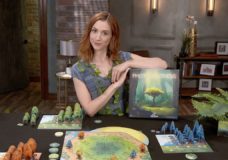
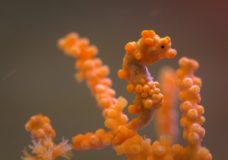
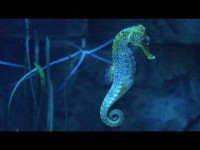
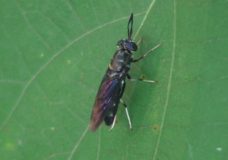
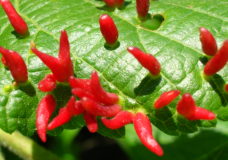
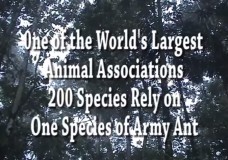
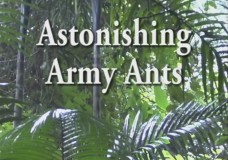
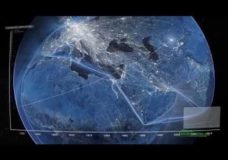

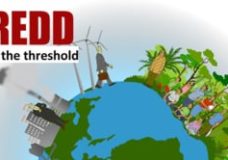
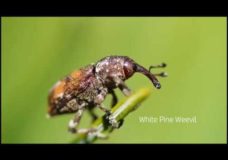

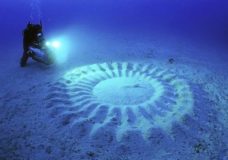

Recent Comments